This guide initially displays things that you may be able to see over the next few weeks. Use the selector below to find items by name, regardless of time of appearance.
For more local information join the Pajarito Astronomers and watch for Los Alamos County-sponsored Dark Nights.
Astronomy References
Archaeoastronomy (solstices and equinoxes)
MrEclipse
NASA (eclipses, transits, moon phases)
Subject Area Experts (all guides)
Steve Cary (butterflies)
Beth Cortright (insects)
Terry Foxx (invasive plants)
Leslie Hansen (mammals)
Richard Hansen (fish, mammals)
Dorothy Hoard (butterflies, trees)
Chick Keller (flowers, herbarium)
Shari Kelley (geology)
Kirt Kempter (geology)
Garth Tietjen (reptiles)
David Yeamans (birds)
Web Development and Content Management
Pat Bacha
Jennifer Macke
Graham Mark
Akkana Peck
Contact
Please contact us for local nature questions and sightings. We welcome comments, corrections, and additions to our guides.
For more information about local nature, please visit our Nature Blog or subscribe to PEEC This Week.
Make Selection
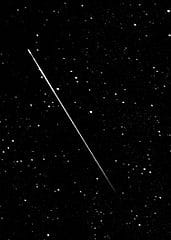  Photo: Nick Ares | Lyrid Meteor ShowerVisible with the naked eyeApr 22 - Apr 23 Peak of the meteor shower named after the Lyrid constellation where the meteors appear to be coming from. |
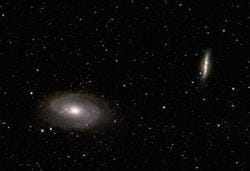  Photo: Markus Schopfer | Galaxies M81 and M82Visible with a telescopeFeb 15 - May 15 M81 and M82 are two relatively close and bright galaxies in Ursa Major. They are bright enough to be visible in binoculars, barely, but it takes a telescope to show M82's unusual shape. |
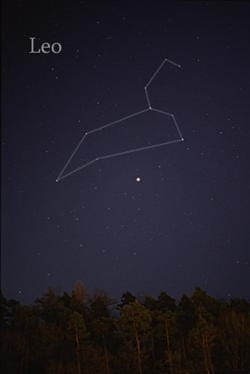  Photo: Till Credner | LeoVisible with the naked eyeMar 01 - May 30 Leo the lion, high in the south. It really does look like a lion. A telescope will show an assortment of far-away galaxies near the lion's belly. |
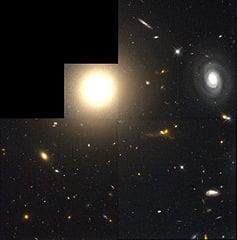  Photo: Hubble Space Telescope | Coma-Virgo Galaxy ClustersVisible with a telescopeApr 01 - Jun 30 The constellation Coma Berenices -- literally, "Berenice's Hair" -- is faint and not much to look at, but there are around 1300 galaxies in the Virgo cluster, and over 1000 in the fainter and more distant Coma cluster. You do need a telescope for this one, but if you are interested in galaxies, this might be a good time to visit a star party, like one of the Pajarito Astronomers' dark sky nights. |
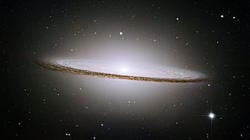  Photo: HST, NASA and ESA | Sombrero GalaxyVisible with a telescopeApr 15 - Jun 30 The Sombrero Galaxy, or M104,is an interesting spiral galaxy with a prominent dust lane. It is barely visible in binoculars on exceptionally clear nights. You will need a telescope to see the dust lane, though. Find it from the trapezoid of Corvus. |
Photo: Montrealais | Big DipperVisible with the naked eyeMar 01 - Jul 01 The Big Dipper is part of the constellation of Ursa Major, the Great Bear. The two stars at the end of the ladle point to Polaris, the North Star. Follow the arc in the handle to the bright star Arcturus. The Big Dipper is circumpolar, meaning it is always visible, but it is highest in spring. |
